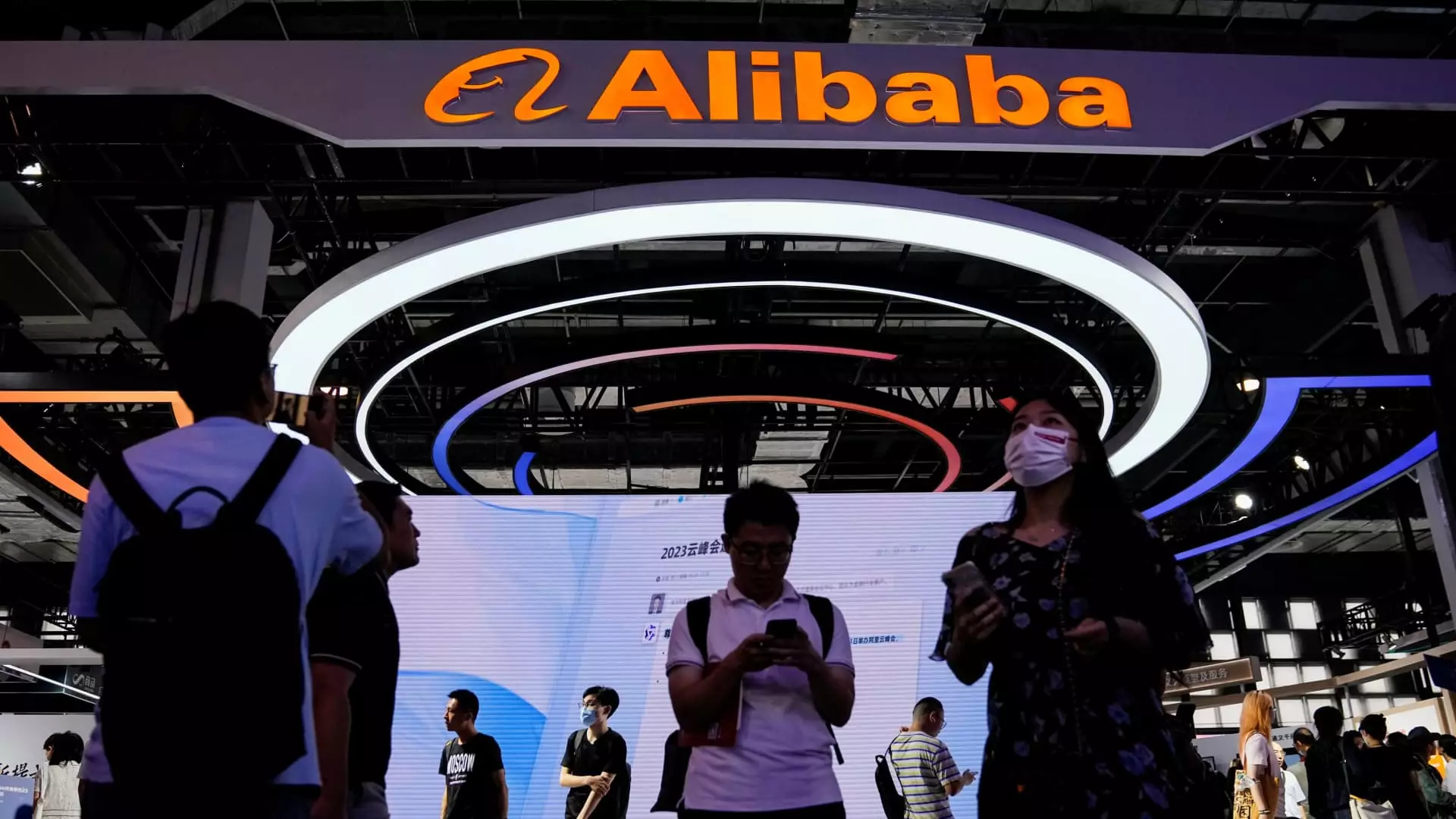In the rapidly evolving world of artificial intelligence (AI), Chinese technology behemoth Alibaba has made headlines with a bold announcement: its decision to slash prices on its large language models (LLMs) by as much as 85%. This strategic pivot, unveiled through the company’s cloud computing segment, Alibaba Cloud, signals not only a bid to entice enterprise-level clients but also underscores the escalating competition among China’s leading tech firms vying for a piece of the lucrative AI market.
Alibaba’s announcement centers around its visual language model, Qwen-VL, which is engineered to comprehend and interpret both textual and visual data. The timing of this price reduction is critical; coming at the end of the financial year, it reflects an urgent message to enterprises evaluating AI solutions. Despite the significance of the announcement, shares of Alibaba posted only a modest increase of 0.5% on the Hong Kong stock exchange. This muted reaction could indicate that investors are taking a cautious approach amidst the noise of ongoing economic uncertainties and technological shifts.
These price cuts are not an isolated incident. They follow previous reductions made earlier this year—most notably a 55% price drop on core cloud products in February and a staggering 97% cut for the Qwen AI model in May. Such aggressive pricing strategies are indicative of Alibaba’s relentless drive to capture market share in an AI landscape that is becoming increasingly crowded with competitors.
Alibaba is not alone in this competitive race; it faces formidable rivals like Tencent, Baidu, JD.com, Huawei, and ByteDance (the parent company of TikTok), all of which have rolled out their own large language models in the last year and a half. This trend highlights a significant shift in focus among China’s top tech players, who are eager to leverage the growing excitement surrounding AI technologies. With LLM capabilities becoming a cornerstone for many innovative applications, companies are pouring resources into developing competitive offerings that attract enterprise-level interest.
The emergence of LLMs, which rely on massive datasets to produce human-like responses to prompts, is reshaping the programming landscape. These models serve as the foundation for various generative AI systems, including OpenAI’s ChatGPT. However, unlike some companies prioritizing consumer-facing products, Alibaba is focusing its efforts on enterprise applications—signaling a calculated approach to target business needs and corporate customers.
Alibaba has reported impressive traction in this space, with over 90,000 enterprise users deploying its Qwen models. This fact underscores both the demand for AI solutions and Alibaba’s strategic focus on catering to businesses looking to harness AI for operational efficiencies and innovation. By targeting enterprises, Alibaba positions itself as a facilitator of change within organizations, allowing businesses to achieve greater productivity through advanced technological tools.
Nonetheless, the race is far from over. As prices continue to drop, the incentives for companies to explore AI solutions will likely increase, prompting an acceleration in user adoption across various sectors. Moreover, as firms like Alibaba cut prices, industry standards may shift, pressuring other competitors to adapt and lower their rates, fueling a broader revolution in AI access and application.
Alibaba’s recent moves reveal a dual strategy: offering competitive pricing while simultaneously securing its foothold in the enterprise AI landscape. This calculated positioning may lead to increased market share, but it also bears potential risks associated with pricing wars and the sustainability of profit margins in a highly competitive environment.
As AI technology continues to capture the imagination and resources of tech giants, the future of Alibaba will hinge on its ability to innovate, adapt, and meet the evolving needs of its enterprise clients. The ongoing developments around Alibaba and its competitors will be closely watched, as the outcomes will not only transform the AI landscape in China but may also influence global technological trends.

